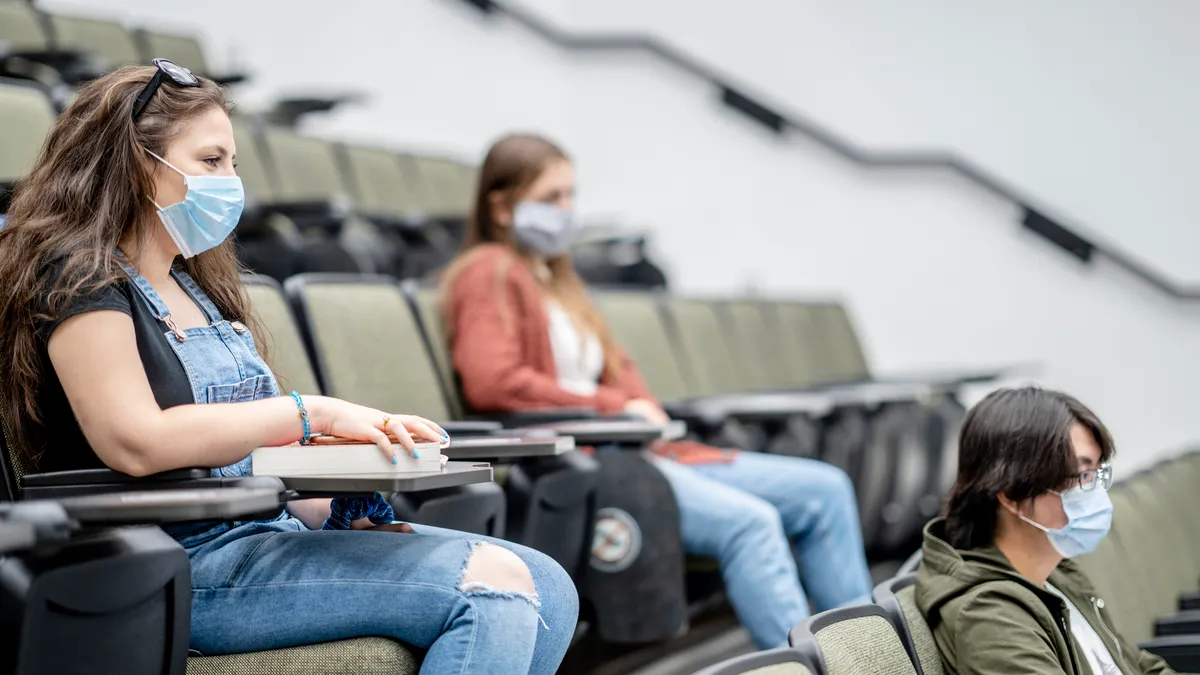Dive Brief:
-
Declines in high school graduates over the next decade may not be as bad as initially projected because of improving graduation rates, according to a new report from the Western Interstate Commission for Higher Education.
-
The number of high school graduates is projected to peak in 2025 before declining modestly through the next decade, the researchers found. The declines are largely due to falling birth rates during the Great Recession.
-
The projections are based on data from 2019 and earlier, so it's unclear how the pandemic will impact these trends.
Dive Insight:
WICHE projects 10% more high school graduates in 2025 than it did in its previous forecast, made four years ago. Rising graduation rates among public high school students of color — defined as graduates not categorized as White — are partly driving this trend, the researchers wrote.
"Future declines could be further mitigated if the nation continues to improve graduation rates, particularly among underserved students," WICHE President Demarée Michelau said in a press release. However, the coronavirus pandemic could "erode the progress" high schools have made, Michelau added.
The projections assume that trends over the past five years will continue in the future, but they don't yet account for the pandemic's impact on the K-12 system.
Some preliminary research indicates there could be higher numbers of graduates in 2020, likely because of worsening job opportunities. Yet another report suggests the share of high school graduates who matriculated into college fell sharply this fall from last year, and other research suggests that pandemic-related cuts to education could hamper student achievement.
States will see different trends play out over the coming years. Illinois and West Virginia are expected to see the largest declines of high school graduates between 2019 and 2037, each dropping 24%. North Dakota, meanwhile, is expected to see a 34% increase.
Regions will also be impacted differently. All nine Northeastern states will see declines, ranging from 6% to 18%. Projections in Southern and Western states are more variable, with around two-thirds expecting declines through 2037.
To address these challenges, colleges will need to improve retention and graduation rates. However, completion rate gains have slowed recently, according to a report this month from the National Student Clearinghouse Research Center.
Colleges should also focus on serving nontraditional students, the report suggests. This summer, the University of Massachusetts partnered with Brandman University to grow its online footprint in the state and elsewhere to reach more adult students. And California built an online community college to reach the state's adult learners.















